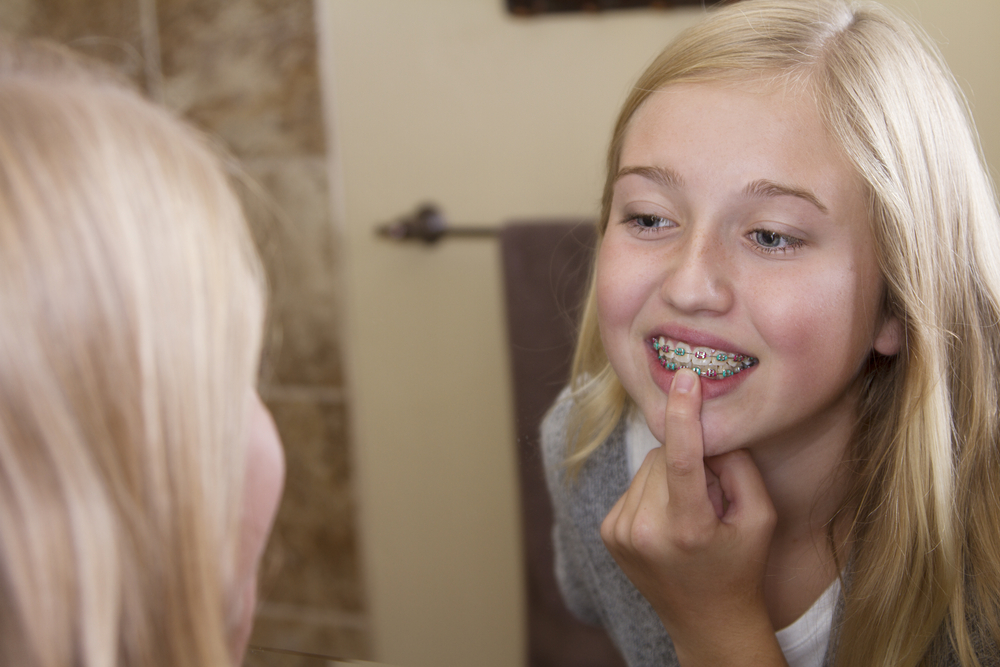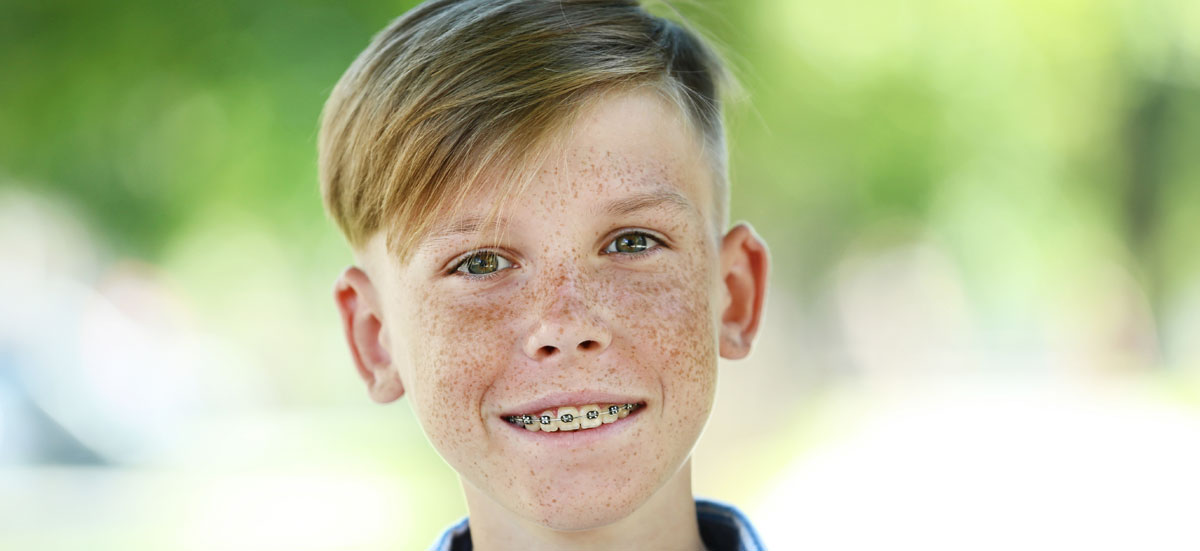
What Is the Best Age for Braces?
When considering your child’s oral health, you want to give them the best chance at growing up to enjoy a comfortable, functional, and healthy smile. For many children, braces will eventually become necessary to help them grow and develop properly because braces aren’t just about achieving an ideal aesthetic appearance. While having an appealing smile will help a person feel confident, braces also help address an overcrowded mouth, crooked teeth, malocclusion (bite problems), and more. Left unaddressed, many of these concerns can cause a child pain, discomfort, and even speech problems, as they continue to grow and develop.
At What Age Should a Kid Get Braces?
There’s no hard-and-fast answer to this question because the true answer is that it depends on each individual child’s needs. Every child is different and is growing on a slightly different developmental schedule. Some children will require early intervention. Some kids will benefit from later orthodontic intervention.
The American Association of Orthodontists recommends that children have an orthodontic consultation around age 7. Depending on your child’s oral development, Dr. Stewart typically recommends scheduling a consultation for children between 7 and 9 years of age. During a periodic exam, Dr. Stewart will evaluate your child’s development and discuss the need for future or current orthodontic interventions to help you determine the most appropriate plan of action.
Typically, the ideal time for a child to have braces is between ages 10 and 14, when the child is still growing, but old enough to care for their braces and teeth responsibly. For some young patients, it’s most effective to take advantage of their growth, while others do best if they get braces at a later time.

Signs Your Child Might Need Braces
If you notice any of the following signs or symptoms in your child, we recommend scheduling a consultation.

- Difficulty chewing or biting
- Malocclusion (upper and lower teeth do not meet normally)
- Misplaced, crowded, or blocked teeth
- Teeth that protrude
- Shifting, protruding, or recessed jawbone
- Popping or clicking in the jawbone's joint
- Teeth clenching or grinding
- Late or early loss of baby teeth
- Breathing through the mouth
- Thumb or finger sucking
- Frequent cheek biting or injuries to the roof of the mouth
- Imbalanced or asymmetrical facial appearance
- Speech problems
During your child’s consultation and at every regular dental checkup with Kenmore Pediatric Dentistry, Dr. Stewart will evaluate your child’s growth and development. If it’s determined that orthodontic intervention is needed, she will make the recommendation when it’s most appropriate for your child.









2.png)
